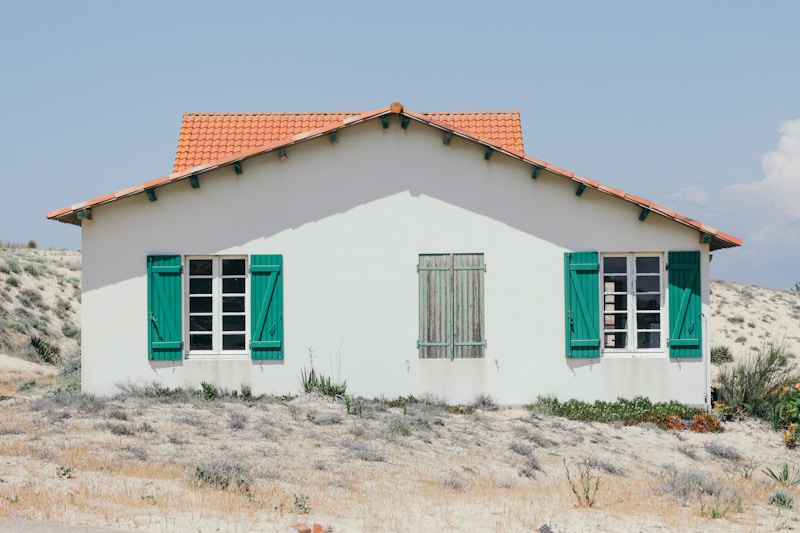In his bestselling book The Blue Zones Solution, Dan Buettner takes readers on a fascinating journey to uncover the secrets of the world’s longest-living populations. Through years of research and on-the-ground exploration, Buettner identifies five global regions — known as “Blue Zones” — where people consistently live vibrant, healthy lives well into their 90s and 100s. His work not only sheds light on the dietary and lifestyle patterns that contribute to longevity but also offers practical strategies for integrating these lessons into modern life.
Here’s an exploration of four key pillars from The Blue Zones Solution that can help us all live longer and better.
1. Power of Plant-Based Eating
One of the most consistent themes Buettner found across all Blue Zones — including Okinawa (Japan), Sardinia (Italy), Nicoya (Costa Rica), Ikaria (Greece), and Loma Linda (California) — is a primarily plant-based diet. While the specifics vary regionally, residents typically eat a wide variety of vegetables, legumes, whole grains, and nuts. Meat is consumed sparingly, often only a few times a month, and portion sizes are modest.
For example, the traditional Okinawan diet is rich in sweet potatoes, tofu, bitter melon, and green leafy vegetables, with fish and pork playing a small supporting role. In Sardinia, residents enjoy minestrone soup packed with beans and vegetables, alongside whole-grain bread. Even in Loma Linda, a community of Seventh-day Adventists, vegetarianism is common, and nuts are a dietary staple.
Buettner emphasizes that adopting a plant-slant diet doesn’t have to mean giving up all animal products. Instead, we can shift our plates to focus on plants, treating meat as a celebratory or occasional food, rather than the centerpiece of every meal.
2. Move Naturally Throughout the Day
Unlike the gym-centric mindset of many modern societies, Blue Zones residents don’t “exercise” in the conventional sense. Instead, they integrate natural movement into their daily lives. Sardinian shepherds walk several miles a day across rugged hills; Ikarians garden, cook, and walk to visit friends; Okinawans sit on the floor, which naturally requires kneeling and standing up multiple times a day.
Buettner argues that the key is not high-intensity workouts, but frequent, moderate physical activity woven seamlessly into daily routines. For those of us in more sedentary environments, this might mean walking or biking instead of driving, gardening, using the stairs, or taking short movement breaks during the workday. Even small amounts of movement add up over time and can have profound effects on health, mobility, and longevity.
3. Purpose, Belonging, and Connection
Living a long life isn’t just about what’s on your plate or how often you move — it’s also deeply tied to purpose and social connection. Buettner found that Blue Zones residents have a clear sense of purpose, whether it’s tending the family farm, caring for grandchildren, or volunteering in the community. This sense of meaning, known as ikigai in Okinawa and plan de vida in Nicoya, helps motivate people to get up each day and stay engaged with life.
Equally important is belonging and connection. Blue Zones populations are closely knit, with strong family ties, deep friendships, and regular participation in faith-based or community groups. Research shows that these social networks not only provide emotional support but also encourage healthy behaviors, reduce stress, and create a powerful buffer against loneliness and depression.
4. Slow Down and Stress Less
Despite differences in culture and geography, people in Blue Zones share a common approach to stress: they build in daily rituals to slow down and unwind. In Ikaria, people take afternoon naps; in Sardinia, men gather for happy hour; in Okinawa, elders participate in moai, or small social groups that meet regularly for mutual support.
Buettner points out that chronic stress is a major contributor to inflammation and disease, yet many of us fail to prioritize stress reduction in our busy lives. By adopting small rituals — whether it’s taking a walk after dinner, meditating, praying, or simply sharing a meal with loved ones — we can create protective habits that improve both mental and

